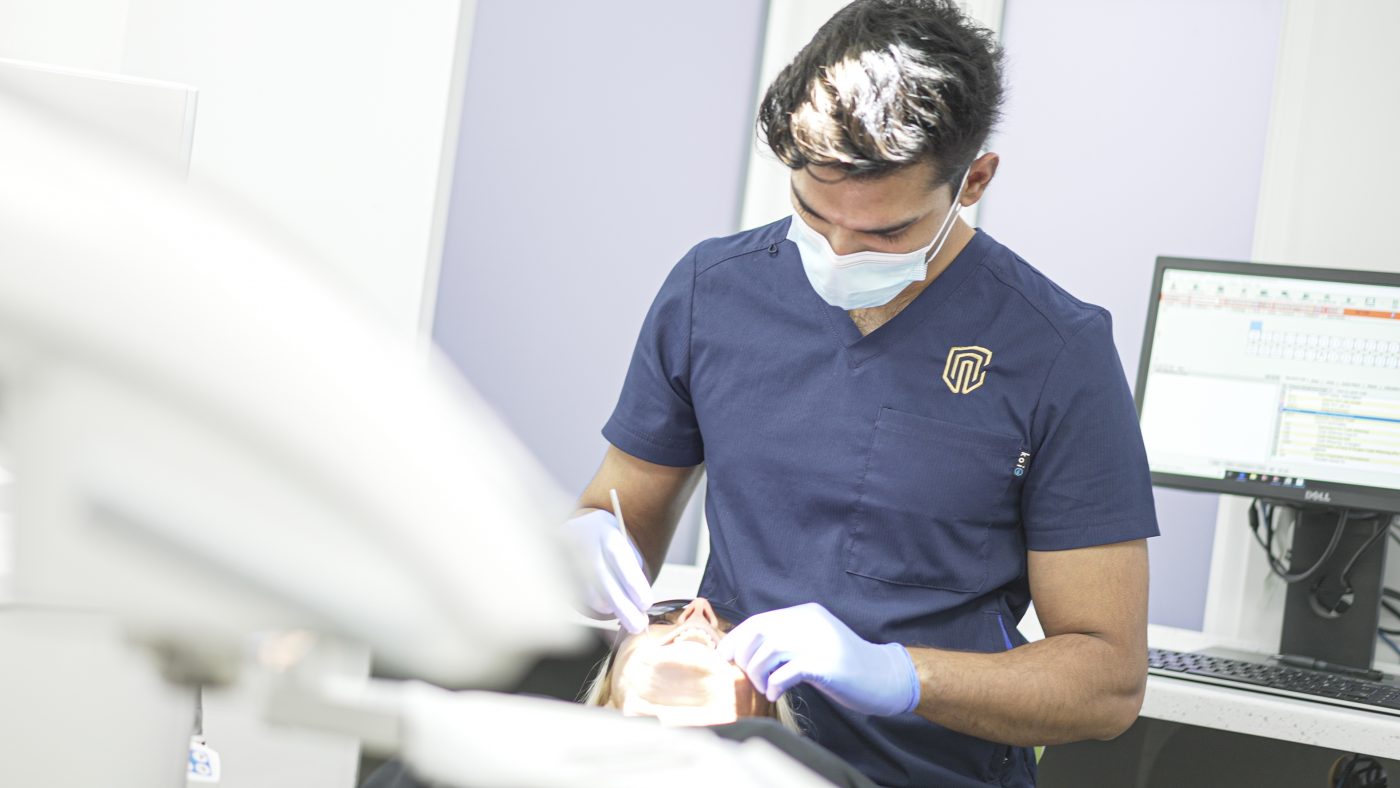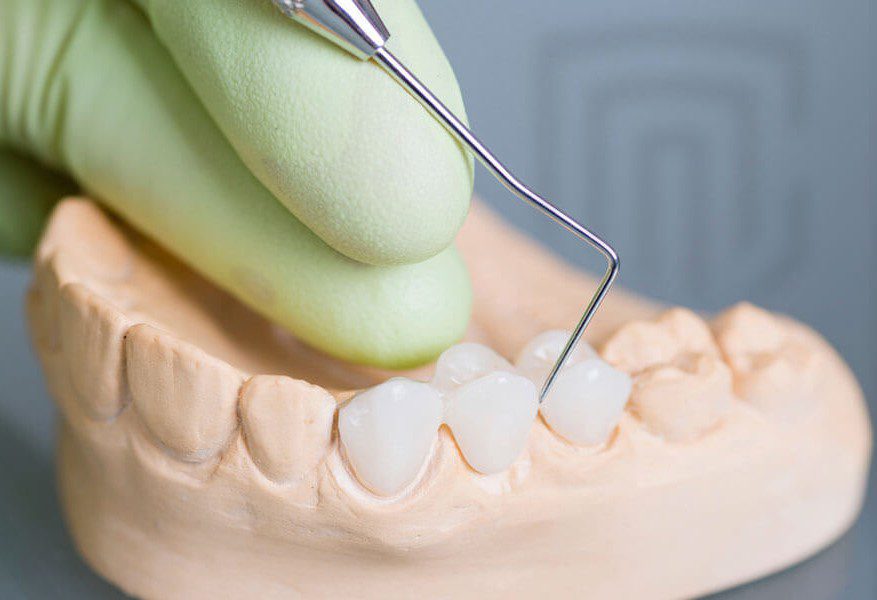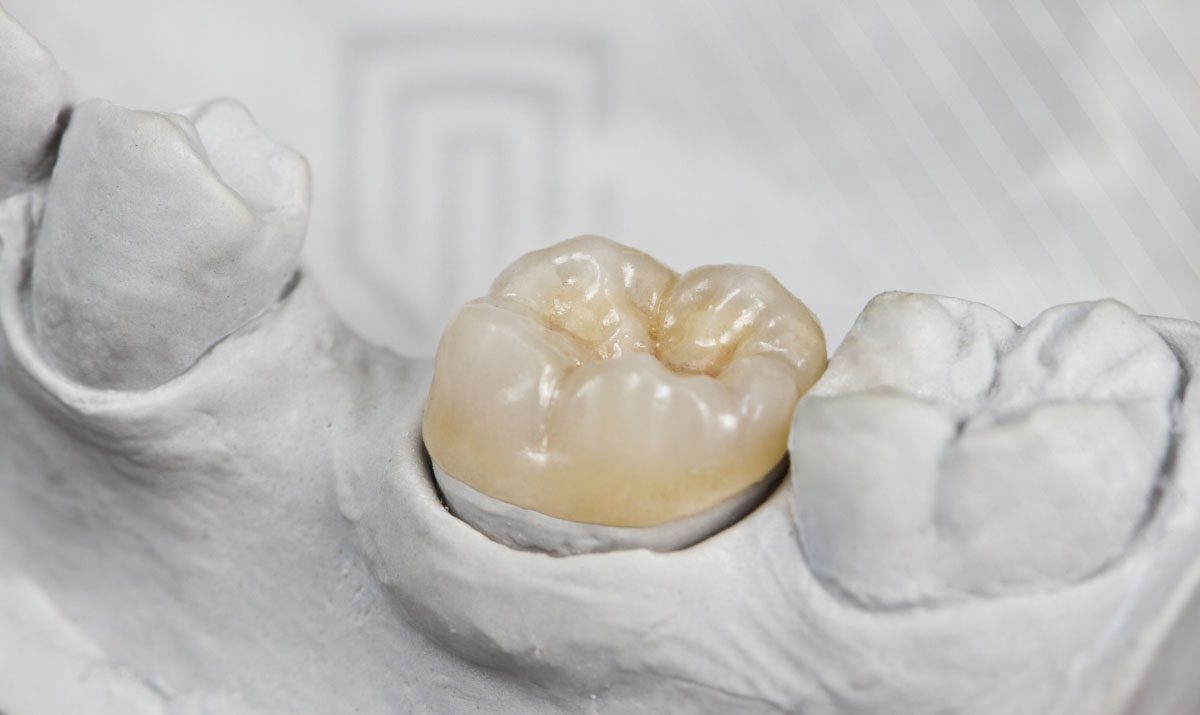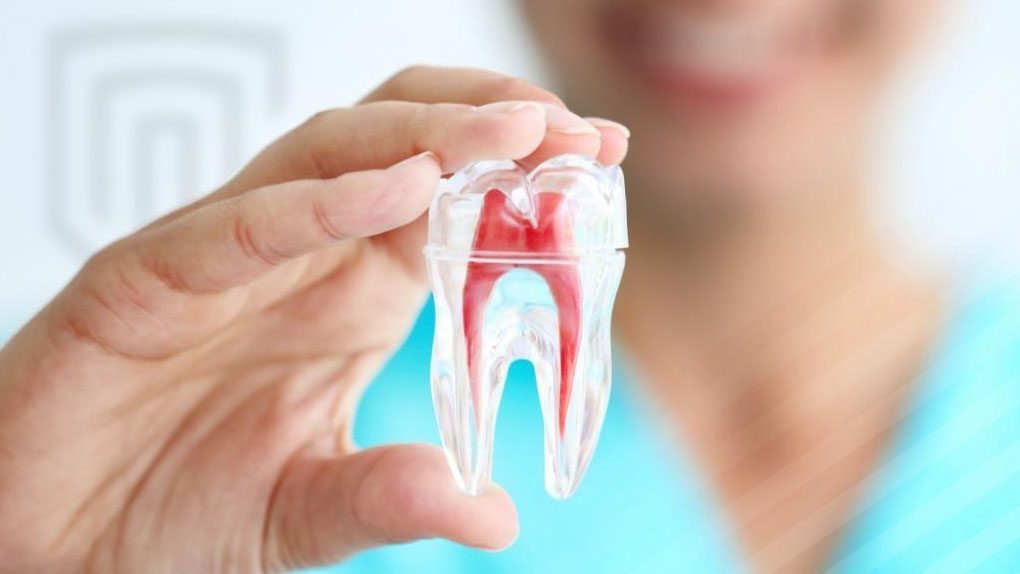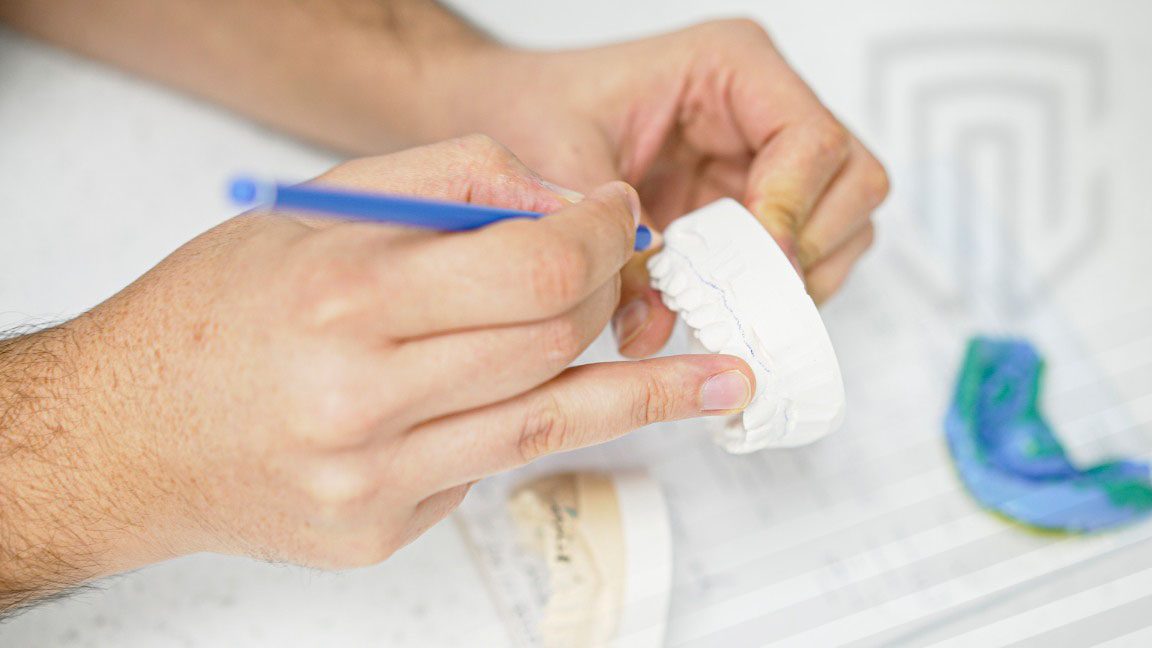A dental crown is a tooth-shaped “cap” that is cemented over a tooth. It covers the tooth and restores its shape, size, strength and/or improves its appearance.
A dental crown may be needed in the following situations:
- To protect a weak tooth from breaking or to hold together parts of a cracked tooth
- To restore an already broken tooth or a tooth that has been severely worn down
- To cover and support a tooth with a large filling when there isn’t a lot of tooth left
- To hold a dental bridge in place
- To cover misshapen or severely discoloured teeth
- To cover a dental implant
What steps are involved in preparing a tooth for a crown?
Preparing a tooth for a crown usually requires two visits to the dentist, the first step involves examining and preparing the tooth, the second visit involves the cementing or bonding of the permanent crown.
First Visit
Preparing Your Tooth For A Crown
The Impressions
Final Visit
FAQS
Crowns are made of a variety of materials and new materials are being introduced all the time. We offer the following options.
Porcelain bonded to metal: These crowns are made up of a metal base with porcelain fused or bonded to its surface. It is considered to be a robust crown although occasionally small pieces of porcelain may chip away from the underlying metal. Another disadvantage is that the crown is thicker which means that the dentist has to remove more tooth substance during the preparation. Finally, a metal band around the neck of the root may show over time. This can be quite unsightly on front teeth.
Ceramic crowns – E-max and Zirconia: These cosmetic crowns are made purely from ceramic and no other material. They are made from a translucent material which means that they look very natural and blend in well with your natural teeth. Because these crowns are thinner it means that less tooth substance needs to be removed. These crowns are still very strong and your dentist will advise you as to which type of ceramic crown would be most suitable for your mouth.
Precious metal (gold and palladium): these crowns are very strong and hard-wearing but are not usually used at the front of the mouth, where they are highly visible.
Because temporary dental crowns are just a temporary fix until a permanent crown is ready, most dentists suggest that a few precautions be taken with your temporary crown. These include:
- Avoid sticky, chewy foods (for example, chewing gum, caramel), which have the potential of pulling off the crown.
- Minimise use of the side of your mouth with the temporary crown. Shift the bulk of your chewing to the other side of your mouth.
- Avoid chewing hard foods (such as raw vegetables), which could dislodge or break the crown.
- Slide flossing material out by letting go of one end (rather than lifting out) when cleaning your teeth. Lifting the floss out, as you normally would, might pull off the temporary crown.
Discomfort or sensitivity. Your newly crowned tooth may be sensitive immediately after the procedure as the anaesthesia begins to wear off. If the tooth that has been crowned still has a nerve in it, you may experience some heat and cold sensitivity. Your dentist may recommend that you brush your teeth with toothpaste designed for sensitive teeth. Pain or sensitivity that occurs when you bite down usually means that the crown is too high on the tooth. If this is the case, call your dentist. He or she can easily fix this problem.
Chipped crown. Crowns made of all porcelain can sometimes chip. If the chip is small, a composite resin can be used to repair the chip with the crown remaining in your mouth. If the chipping is extensive, the crown may need to be replaced.
Loose crown. Sometimes the cement washes out from under the crown. Not only does this allow the crown to become loose, it allows bacteria to leak in and cause decay to the tooth that remains. If your crown feels loose, contact your dentist.
Dark line on crowned tooth next to the gum line. A dark line next to the gum line of your crowned tooth is normal, particularly if you have a porcelain-fused-to-metal crown. This dark line is simply the metal of the crown showing through. We aim to avoid this by providing you with all ceramic crowns.
On average, dental crowns last between 5 and 15 years. The life span of a crown depends on the amount of “wear and tear” the crown is exposed to, how well you follow good oral hygiene practices, and your personal mouth-related habits (you should avoid such habits as grinding or clenching your teeth, chewing ice, biting your fingernails and using your teeth to open packaging).
While a crowned tooth does not require any special care, remember that simply because a tooth is crowned does not mean the underlying tooth is impervious to decay or gum disease. Therefore, continue to follow good oral hygiene practices, including brushing your teeth at least twice a day and flossing once a day – especially around the crown area where the gum meets the tooth.
STILL HAVE A QUESTION?
Contact us at North Cardiff and Dental Implants on 029 2267 9999 to find out more about any of our treatments or book a consultation with one of our experienced clinicians.












